Advancements in the logistics industry are often imagined to be self-driving cars or drones that can deliver packages, but these goals are currently more aspirational than they are tangible. Still, there is a great deal of transformation happening in logistics firms today. There are many new technological advancements that firms are incorporating to enhance their performance and reduce the costs of their retail delivery strategies for the food and beverage industry.
These technologies are more essential than ever before as food firms grapple with the challenges of the COVID-19 global pandemic. For every industry, the pandemic has been a massive economic disruptor and has led to food insecurities and supply chain breakdown as major cities have gone into varying degrees of lockdown.
Every aspect of the food supply chain has been affected by COVID-19, including production, processing, distribution, and demand. Supply chain workers have been restricted in their movements and operations as a result of the lockdown, and many food production facilities have closed or had to significantly reduce their operating capacities. Prices of certain products have increased, making them prohibitively expensive for some consumers, and the needs and spending habits of consumers has changed, with increases in online shopping in the food and beverage retail space.
Third-party logistics (3PL) firms are increasingly making use of technology to solve pressing issues in the food and beverage supply chain. Watch this on-demand webinar to learn more about strategies for staying current in the dynamic 3PL industry.
The Trucking Industry
Trucking is an enormous industry, worth nearly $1 trillion in the United States. Full-truckload transportation accounts for approximately $700 billion of that figure. The industry, while large, is fragmented into hundreds of thousands of for-hire fleets, 97 percent of which have fewer than 20 trucks. As a result, pricing is driven strongly on the dynamics of supply and demand from a market-to-market perspective. The fragmentation also makes the industry especially challenging and vulnerable to disrupters. The portion of the industry serving the food supply chain is especially vulnerable, as food products, and especially fresh fruits and vegetables, are on a tight timeline to reach their destinations before spoilage makes them inedible and therefore worthless.
One of the major challenges of the trucking industry is the high initial capital requirements. Trailers have a very high cost to buy and maintain, and volatile fuel markets can sometimes consume profit margins faster than fleet managers can react. These margins are thin even in positive markets, making the trucking industry highly competitive.
Keeping fleets at the optimal size for profitability is a major hurdle for running a successful trucking company. A recessionary freight environment leads to downsizing, in order to maintain a profitable business. Idle trucks are a liability and must be removed from the fleet if they aren’t generating revenue.
However, when the economy picks up again, freight volumes begin to rise, which drives up market prices. Trucks are then bought at inflated prices, due to the sudden high demand, which may only last for a brief period of time. When the boom is over, trucking fleets must downsize once again, cutting drivers and trucks from their companies.
This is what happened at the beginning of the COVID-19 global pandemic, which caused an economic downturn. Trucking fleets were cutting drivers and trucks in an attempt to maintain their profitability and survive the recession. The current trucking environment is in an upswing, and as the effects of the COVID-19 recession begin to wear off, the demand for trucking services once again outstrips the supply of carriers.
A main factor in optimizing fleet size is keeping the necessary numbers of drivers. Driver turnover is extremely high in the trucking industry: consistently well over 90 percent. Therefore, fleets wishing to maintain driver pools must constantly maintain their recruitment and hiring.
The high turnover is driven by the variable compensation and high level of stress of the job. Drivers must contend with highway congestion, road construction and re-routes which can affect their pay and yet are outside of their control.
There is also a high fatality rate for truck drivers, more so than for any other individual job in the United States. The mortality rate is also one of the highest, as the nature of the job is prohibitive to maintaining a healthy lifestyle.
These factors all make truck driving unattractive to young, able-bodied workers, who are more likely to choose construction or warehouse work. The pay is equivalent, without many of the disadvantages of truck driving. This leads to the driver demographic being on average around 55 years old.
Strategies for Managing a Fragmented Marketplace
Food and beverage shippers often negotiate their contract rates with 3PL companies, who turn to the spot market to secure capacity. As a result, contract rates are referred to as “paper rates,” and the contract is not solid. Shipment tenders are often rejected if there isn’t profitability built into them. These rejected shipments then flow into the spot market rate environment, which continues to increase demand on a fixed supply, bringing up the overall cost.
Third-party logistics companies have a number of tools that can be used to help their shipper partners efficiently manage the fragmented logistics marketplace. Transportation management system (TMS) applications can house data and deploy carrier networks. Load boards, such as DAT and Internet Truck Stop, can discover capacity that isn’t already in the current network, and also provide price discovery tools. Freight indices, including SONAR and FreightWaves, can help companies to understand market dynamics in real time, and view those dynamics against current pricing data, to increase the accuracy of their pricing.
“With fleet managers running similar tools, with the ability to discover pricing in real time, at the same time the logistics marketplace is, we’ve really got democratized shipping data, price data, and capacity data like we hadn’t seen over the past 20 years,” says Andrew Lynch, president and co-founder of Zipline Logistics, a digitally-enabled transportation partner that specializes in serving the manufacturers of the food and beverage industry.
Improving the Efficiency and Economics of 3PL
There are many opportunities for a more pragmatic approach to bring short-term and immediate improvements to productivity, data analytics, price forecasting and operations execution.
An obvious place to begin improvements is at the trucking level. One goal is to make the driver’s job more attractive and less stressful. Legacy truck manufacturers have started making advanced automatic transmission trucks. This means that drivers will not have to manage the double clutch aspect of driving a truck, which is one of the more intimidating factors that discourages whole demographics of people from considering truck driving as a profession.
Zipline has also added front-facing cameras to their trucks, that limit liability in case of a collision, and also have technology to help drivers avoid accidents altogether. All the tools that are becoming commonplace in 21st century cars can be adjusted to be incorporated into trucks and make the driver’s job less stressful.
Furthermore, capacity data can be integrated into a TMS. It can also be aggregated, processed and utilized in internal digital freight-matching solutions. Intelligent 3PLs and logistics solution providers in the food and beverage supply chain are deploying these strategies internally to empower their people to bring value to the marketplace.
Value-Added Disruptions
Some logistics services buyers are leveraging specialized partners to bring more to the table than just a rate. On the provider and buyer’s side of the market, the trend is moving towards leveling up through specialization in their particular industry.
“Thirteen years ago, when my partners and I started Zipline, what we saw in the marketplace was a 3PL space that would match any shipment or freight up with any truck, and really only focused on gross profit maximization on a transactional level,” recounts Lynch. He explains that they could easily see that the same trucks and drivers that were moving scrap metal and rolled paper shouldn’t be the same carriers bringing electronics or groceries to retail stores.
The quality and communication needs are different when companies serve grocery retail compared to healthcare supply chains or the generalized industrial sector. The same is true for the healthcare, pharmaceutical industries, or construction industries. Neither shipper nor carrier is well-served by commoditization. The food and beverage supply chain has specific needs that differ from other industries.
“Back in those days, the training for a 3PL operator was focused on tactical knowledge needed to price, negotiate and execute on transactional levels. For me, it was weeks of geography lessons and tests to ensure that I knew where every town was in relation to the big cities in the United States,” says Lynch.
He also spent months absorbing market costs per mile in different markets, and how those costs change seasonally. Lynch explains that much of his mental processing power was being taken up in price discovery and negotiation, and that it left little room for critical thinking, problem solving, or relationship building. This resulted in the day-to-day tactical work preventing operators from making a significant impact.
Lynch explains that today, the advanced technology empowers their operators to tackle complex problems and focus on delivering high levels of services and solutions, while building strong relationships that aid in seamless execution.
The Retail and Consumer Packaged Goods Space
By focusing exclusively on certain sectors, such as the food and beverage retail industry, 3PLs can bring value to their clients beyond the simple transportation of goods. Retailers and distribution channels are very dependent on suppliers having product inventory available for distribution on a tight, strict schedule. The pressure has increased in recent years, as distribution companies like Amazon have elevated the competition in the retail space.
Before the COVID-19 pandemic, shoppers were reporting out-of-stock items on one in three of their trips, and retailers were missing out on a trillion dollars in sales to competitors, especially Amazon. The pandemic has further increased the instances of retailers losing business due to out-of-stock items. Even as the heterogeneity of product availability increases, consumer spending is trending away from restaurants, bars, and vacations towards product-driven spending. This implies that retailers will lose even more sales if their items are out of stock at any given time.
The flow of money towards consumer products has led to a huge increase in the demand for trucking services. Furthermore, online shopping has grown five-fold, just in the grocery space. Many people are choosing online shopping to meet their grocery needs during the COVID-19 pandemic, so that no member of the family will have to risk exposure by going to a grocery store. The majority of online grocery orders are filled on store shelves, with a member of the retail company physically going around the store and selecting the items that the shopper has selected.
This further increased the pressure on grocery retailers to carry inventory that consumers want at the time when they want it. If a given brand isn’t available at a store location, the customer will be given a substitution, which leads them to involuntary sampling of that brand’s competitor product. If the consumer prefers the competitor product, which they would not have otherwise sampled, the company may lose long-term sales, beyond what they lost in a single instance of not having their product be available at a single given time.
Taking Control of the Food Supply Chain
The first thing that Lynch recommends to his clients is to run a network analysis. At Zipline, they have a proprietary tool into which they import data. It produces all manner of valuable insights as to where the client’s money is going and what they are receiving in exchange, as well as identifying where their inefficiencies are.
Understanding the network of production and warehouse locations in relation to the customers’ locations is critical. For one client, Zipline identified $1.5 million in savings from a sum of $12.5 million spent, simply by optimizing warehouse-to-customer allocations. Logistics companies need to build an optimal shipping scenario and aim for that every time. At Zipline, their proprietary software can track, measure, analyze, and inform performance and the leading indicators that affect it.
The next key aspect of optimization for a 3PL is to maintain control and visibility into their customer supply chains. The brands that emerged unscathed from the pandemic, and even thrived, were those that accomplished this well. Companies like General Mills and PepsiCo were able to get their products to retail stores on time.
They also need to understand retail and distributor compliance. Any food and beverage packaged goods company is measuring delivery performance. Zipline spends a lot of time guiding their clients through their customers’ expectations and the consequences of failure. They can be measured on how many days it takes to fill an order or delivery on or by a certain date. Missed deliveries may come with chargeback fees and other repercussions that hurt the overall profit margin of the company.
Lynch gives an example by describing a large shipper in the nutrition space that Zipline recently onboarded. This shipper was saving $30,000 to $100,000 at the end of every quarter by frequently shifting carrier partners, not realizing, until years later, that this strategy that provided quarterly savings was costing them a quarter to a half million dollars in chargebacks.
In general, the value gained through specialization is transformative. Price, capacity and productivity tools can help the customers of 3PL’s in the food and beverage industry to optimize their supply chain, ace retailer compliance, and maximize the efficiency of their facilities, thereby gaining an advantage over competitors.
Watch this recorded webinar to learn more about strategies for optimizing performance in the 3PL industry and supporting a reliable food supply chain.
This article was created in collaboration with the sponsoring company and the Xtalks editorial team.

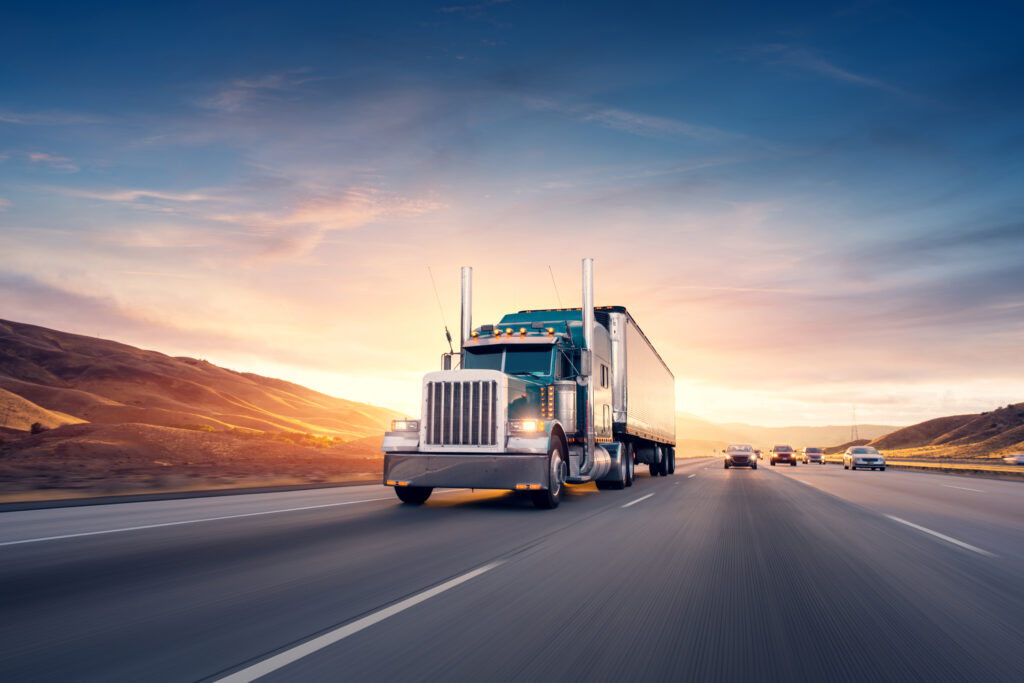
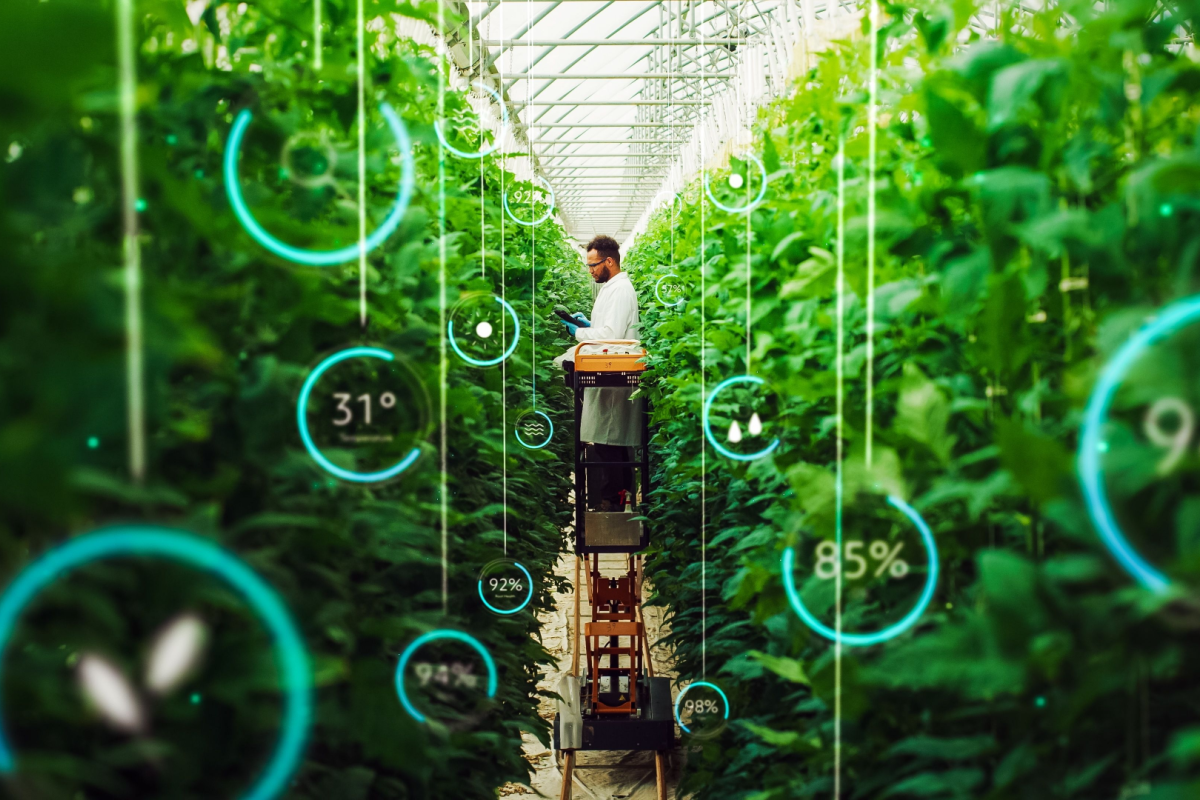
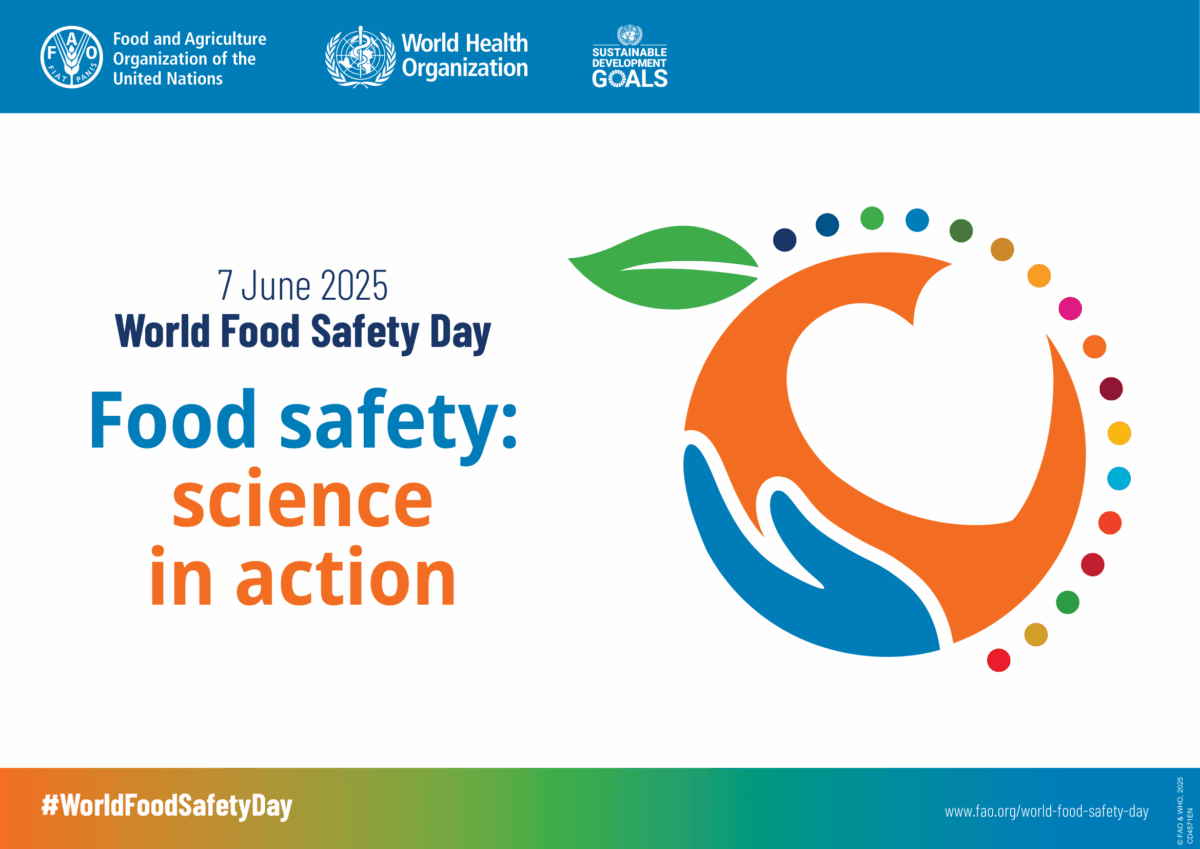
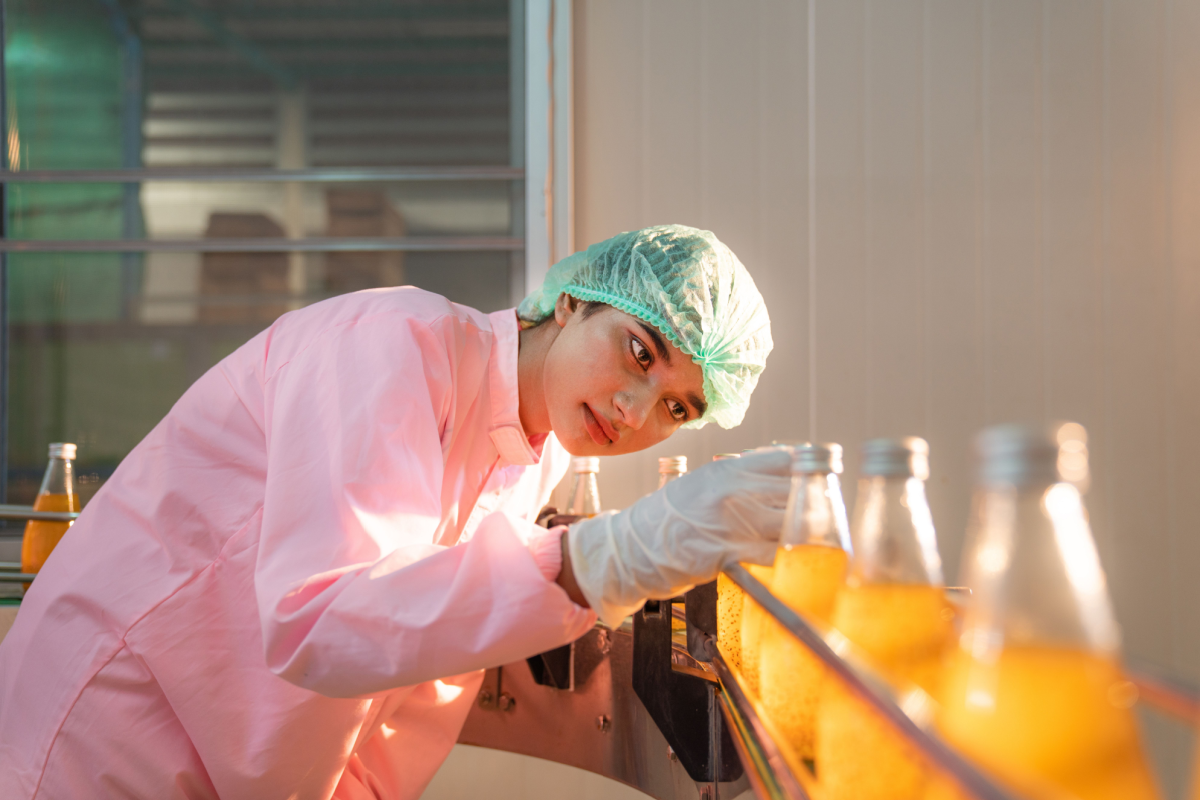
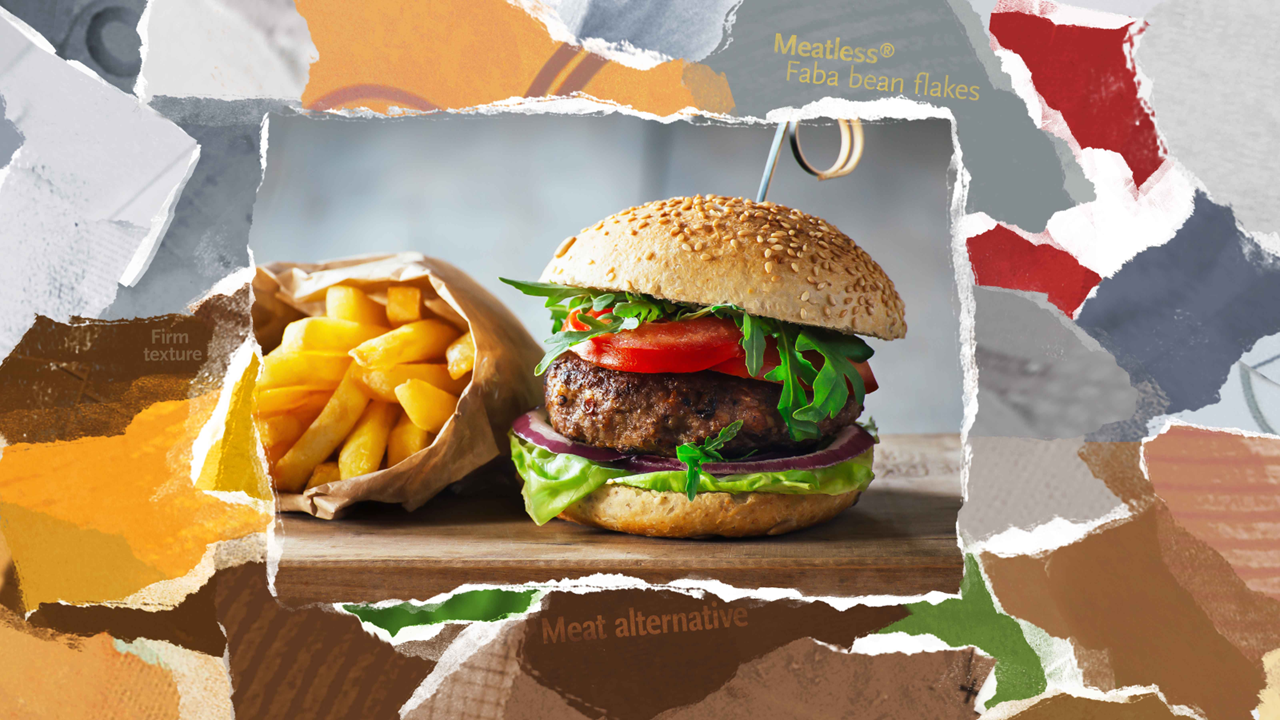
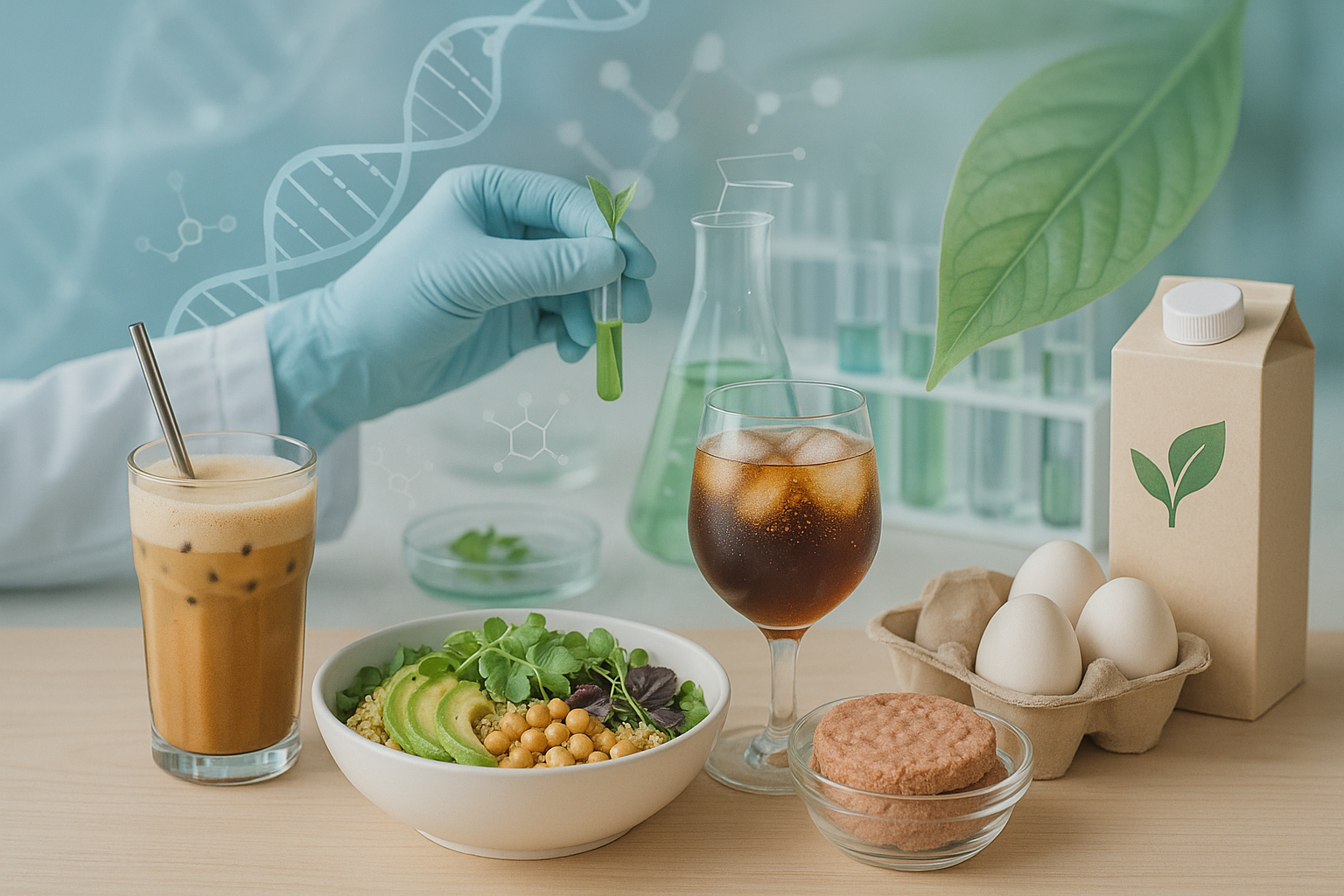

Join or login to leave a comment
JOIN LOGIN